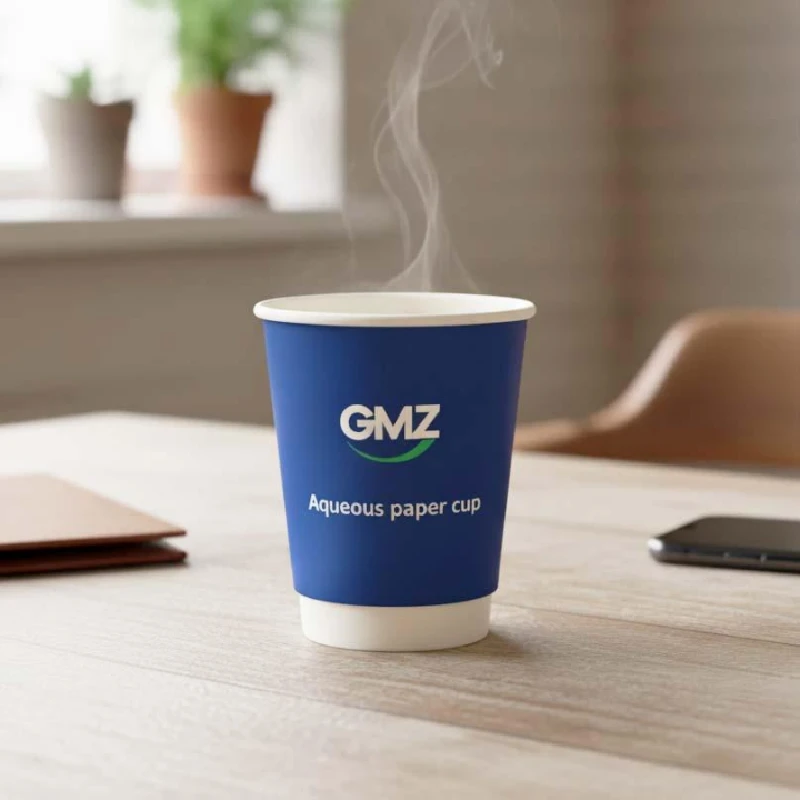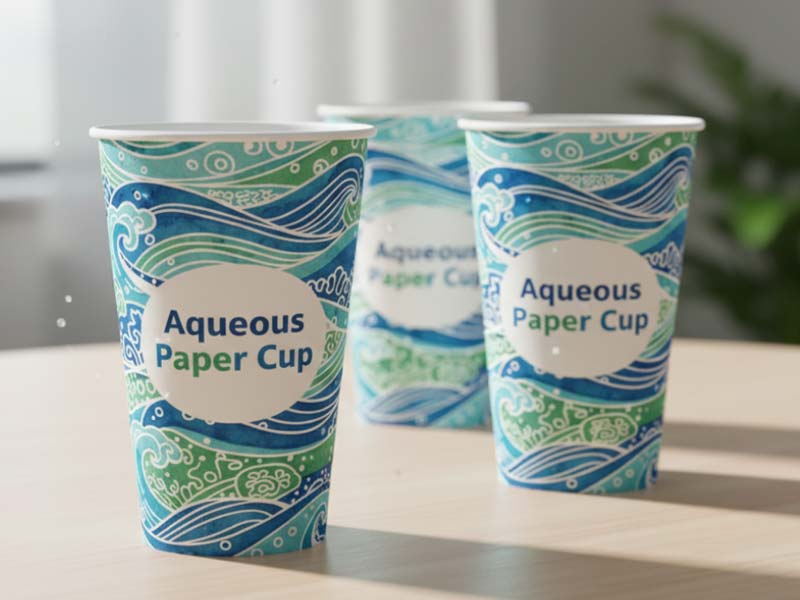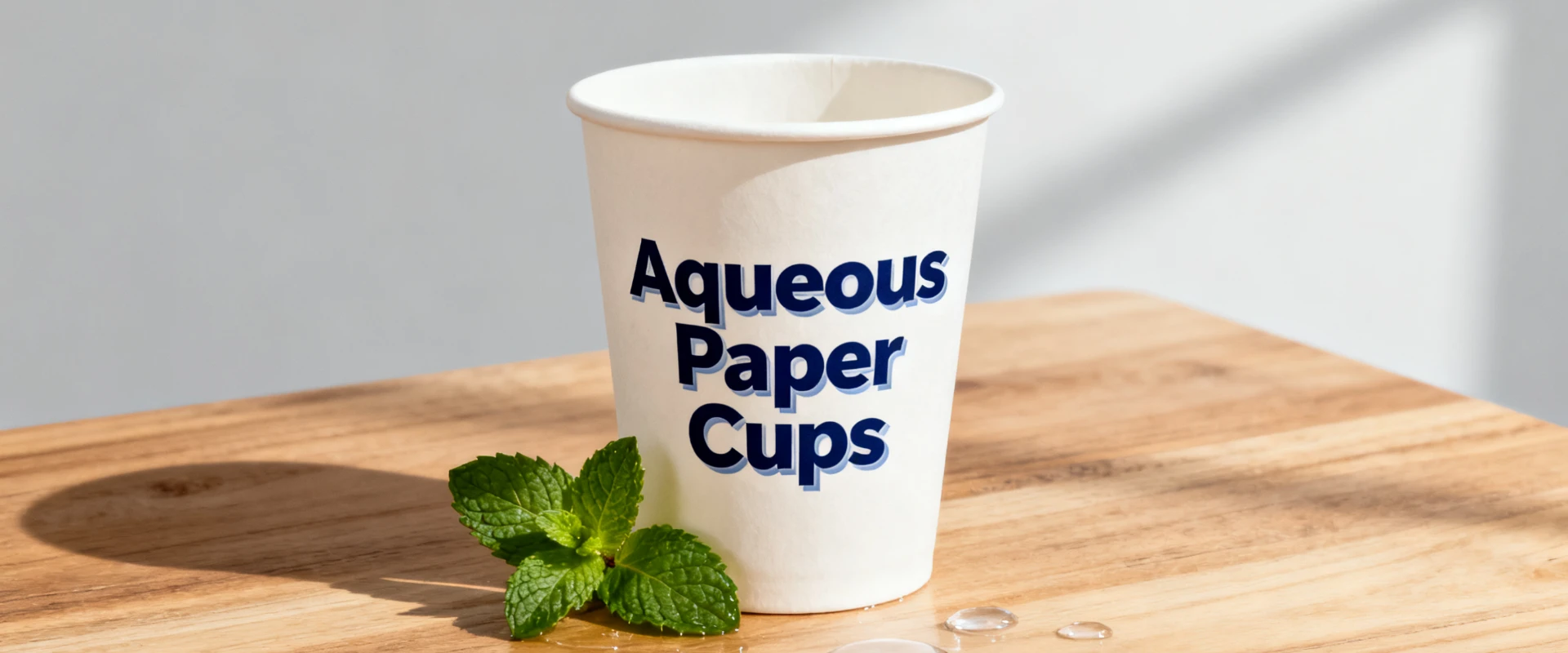Aqueous paper cups use a water-based, plastic-free coating instead of PE or PLA lining. This coating forms a dense protective barrier that makes the cup waterproof, grease-resistant, and durable. Unlike traditional composite paper cups, they can be recycled through standard paper recovery systems, making them an innovative and eco-friendly alternative.
PE-lined cups bond plastic tightly with paper, making recycling nearly impossible. PLA cups are compostable but require industrial composting facilities and are costly to produce. Aqueous cups avoid both problems: their water-based coating separates easily during pulping, achieving up to 80–90% fiber recovery rates while meeting eco-regulations more effectively.
Yes. Aqueous coatings undergo strict food-contact safety testing and are free from PFAS and other harmful substances. They can safely hold hot drinks like coffee and tea, as well as cold beverages, without leaking or losing strength.
Absolutely. Aqueous cups comply with the strictest food packaging regulations across Europe, North America, Australia, and beyond. They are considered future-proof, as they are designed in response to global restrictions on single-use plastics.
GMZ offers a wide range of aqueous paper cups from 4oz tasting cups to 20oz drink cups, in single-wall, double-wall, and ripple styles. This makes them suitable for hot coffee, cold drinks, soups, and even specialty beverages. Bulk buyers can also request custom sizes and shapes.
Yes. GMZ provides full OEM/ODM customization, including cup printing, branded packaging, and event-specific designs. Each aqueous cup can double as a marketing tool, helping brands showcase their identity while promoting eco-conscious values.
Our MOQ starts from 50,000 pieces, depending on the size and customization requirements. For larger wholesale buyers, we offer flexible production options and competitive pricing to fit your procurement plan.
Yes. GMZ offers free samples for evaluation. This allows you to test waterproofing, oil resistance, heat performance, and printing quality before placing a bulk order.
Yes. While aqueous cups are slightly more expensive than PE-lined cups, their recyclability, compliance with eco-regulations, and consumer appeal make them more cost-effective in the long term. They are generally cheaper than PLA cups and represent the best balance between sustainability, performance, and cost.
Global regulations are phasing out plastic-coated cups (e.g., EU SUP Directive, FDA PFAS bans), and consumers are more eco-conscious than ever. At the same time, coating technology has matured, lowering production costs. This combination makes aqueous cups the clear trend in replacing PE, PP, and PLA-lined cups across global markets.




